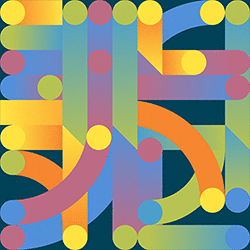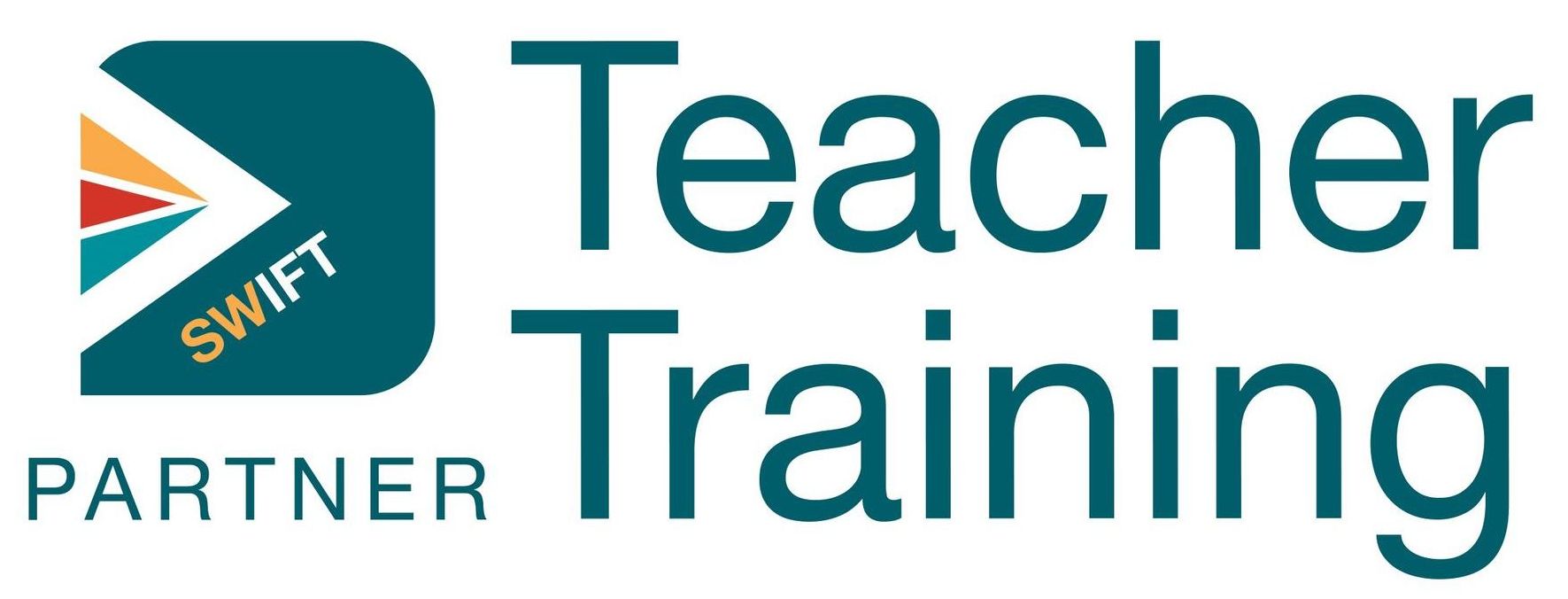Design & Technology
Learning Journey

3 i Statement
Intent
The principle aim of Wynstream’s Design Technology curriculum is to inspire children through a broad range of practical experiences to create innovative designs which solve real and relevant problems within a variety of different contexts including structures, mechanisms and food and nutrition. The iterative design process is fundamental and runs throughout our curriculum, aiming to meet and exceed the requirements of the national outcomes. The organisation of our curriculum encourages children to identify problems in accordance with design-criteria, then take risks through innovation when they are creating their own designs and developing solutions to those problems. Our aim is for pupils to continue to develop and apply the problem solving and critical evaluation skills to the wider curriculum, their future learning and their lives beyond school.
Implementation
Design and Technology in the Early Years
Expressive Arts and Design – Creating with Materials
Physical Development – Gross Motor skills / Fine Motor Skills
At Wynstream, children learn to construct with a purpose in mind alongside adults who model problem solving, evaluation and thinking about how to improve. Children are also taught how to use tools and resources safely. Our pupils can dismantle and explore how everyday objects are put together on a tinker table; they can follow their own interests in our well-resourced continuous provision and are able to select appropriate tools and resources to realise their designs. Adults play alongside children and carefully judge when it is appropriate to teach discrete skills for joining and constructing and directed activities ensure progression in those areas. Additionally, construction kits match and challenge children’s fine motor skills ensuring there is progression in connecting and joining skills.
Children learn about different structures in their own locality and the wider world through stories, images, video clips and visits – images and blueprints of buildings and structures are added to the construction area as inspiration.
Children are taught cooking techniques where they practise stirring, mixing, pouring, cutting and blending ingredients during cookery activities.
In KS1 and KS2, Wynstream teaches the National Curriculum for Design and Technology and has split this into 3 strands: Mechanisms, Structures and Cooking and Nutrition. Technical Knowledge relating to each strand is taught in discrete lessons throughout the year. To provide opportunities for children to revisit and reflect on prior learning, each year group engages annually with each strand. Within each strand are 3 components: Design, Make, Evaluate. Endpoints relating to both technical knowledge and design processes are delivered progressively according to Wynstream’s DT endpoints as summarised below.
Technical Knowledge
Structures: In KS 1, pupils will be taught how to build structures, exploring how they can be made stronger, stiffer and more stable. In KS2, pupils will be given opportunities to apply their understanding of how to strengthen, stiffen and reinforce more complex structures.
Mechanisms: In KS1, pupils will be allowed to explore and use mechanisms such as levers, sliders, wheels and axles, in their products through discrete teaching. In KS2, pupils will be taught how to understand and use mechanical systems in their products such as gears, pulleys, cams, levers and linkages. They will also be taught how to understand and use electrical systems in their products such as series circuits incorporating switches, bulbs, buzzers and motors. They will also be provided with opportunities to apply their understanding of computing to program, monitor and control their products.
Cooking and Nutrition: In KS1, will be taught the basic principles of a healthy and varied diet to prepare dishes and understand where food comes from. In KS2, pupils will be taught how to further understand and apply the principles of a healthy and varied diet through the preparation and cooking of a variety of predominantly savoury dishes using a range of cooking techniques. They will also begin to understand seasonality, and know where and how a variety of ingredients are grown, reared, caught and processed through discrete teaching.
Design: By the end of KS1, pupils should be able to design purposeful, functional, appealing products for themselves and other users based on design criteria. Generating, develop, model and communicate their ideas through talking, drawing, templates, mock-ups and, where appropriate, information and communication technology. By the end of KS2, pupils should be able to use research and develop design criteria to inform the design of innovative, functional, appealing products that are fit for purpose, aimed at particular individuals or groups. Generating, developing, modelling and communicating their ideas through discussion, annotated sketches, cross-sectional and exploded diagrams, prototypes, pattern pieces and computer-aided design.
Make: By the end of KS1, pupils should be able to select from and use a range of tools and equipment to perform practical tasks, for example, cutting, shaping, joining and finishing. They should also to be able to select from and use a wide range of materials and components, including construction materials, textiles and ingredients, according to their characteristics. By the end of KS2, pupils should be able to select from and use a wider range of tools and equipment to perform practical tasks such as, cutting, shaping, joining and finishing. They should also be able to select from and use a wider range of materials and components, including construction materials, textiles and ingredients, according to their functional properties and aesthetic qualities.
Evaluate: By the end of KS1, pupils should be able to explore and evaluate a range of existing products; evaluating their ideas and products against design criteria. By the end of KS2, pupils should be able to investigate and analyse a range of existing products; evaluating their ideas and products against their own design criteria and considering the views of others to improve their work. They will also begin to understand how key events and individuals in design and technology have helped shape the world.
Impact
The impact of our Design and Technology Curriculum will be measured primarily by the improvement and differentiation in skills between year groups. The subject leader will expect to see a clear progression of skills or a greater mastery of skills as children move up though the school. Progress towards Year Group endpoints will be assessed through the examination of Learning Journals as well as termly outcomes. ‘Pupil Voice’ is routinely monitored in order to asses both understanding as well as enthusiasm and general levels of engagement with the subject.
All Rights Reserved | Wynstream Primary


